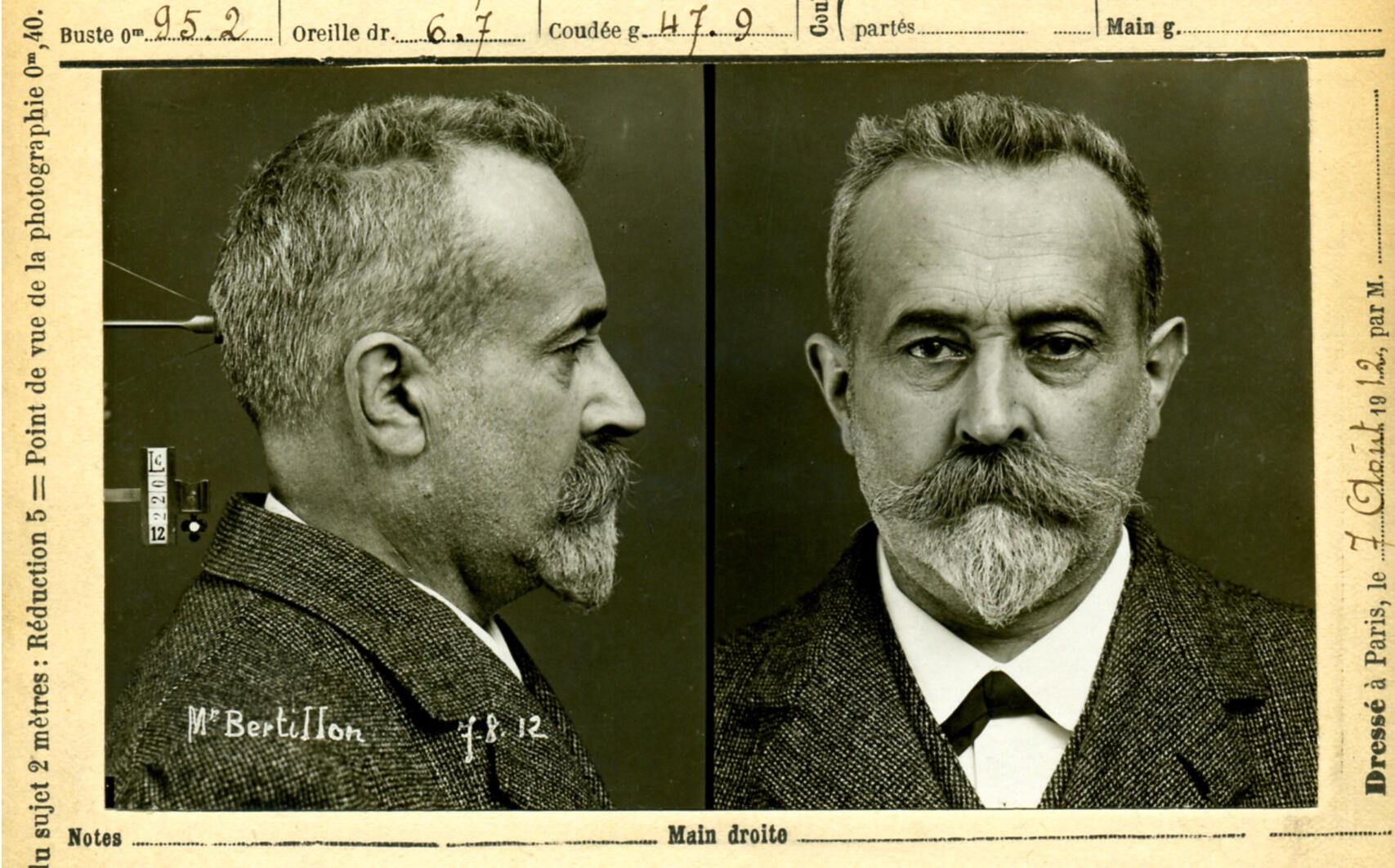The European Union is extending the cross-border query of biometric data to faces. Searches should also be possible with still images from surveillance cameras. Up to now, only individuals may be processed in the Prüm framework, but soon bulk searches could be permitted.
In 2008, the Member States of the European Union signed the EU Prüm Decision. The treaty allows law enforcement authorities to conduct cross-border searches of DNA, fingerprints and data containing vehicles and their owners. On the occasion of the tenth anniversary of the Prüm Decision, the Council had proposed Conclusions to extend this cooperation to facial images.
For the envisaged “Next generation Prüm” (Prüm.ng), the Commission first ordered a feasibility study from the consulting firm Deloitte. It was submitted last autumn and is being discussed in the relevant Council working groups, but remains secret. The British civil rights organisation Statewatch has published a report by a “focus group on face recognition” in which ten criminal police offices define, on the basis of the Deloitte study, a technical framework for the comparison of faces.
Storage remains decentralized
The “focus group” is chaired by the Federal Criminal Police Office from Austria, its report summarises the results of three meetings held in Vienna, Lisbon and most recently at the German Federal Criminal Police Office in Wiesbaden. There, the participants agreed to continue to store the facial images as in the existing Prüm system on a decentralised basis in the Member States. Plans according to which the images should be stored or processed in the “Biometric Matching Service” planned by the EU Commission were rejected. This had apparently been suggested by Deloitte in the feasibility study.
The police offices suggest not only using photos for EU-wide queries, that are already stored in national police databases. The Prüm system should also make it possible to process images from public surveillance cameras. For this purpose, Member States could create separate files with faces of unidentified criminals.
The cross-border system should also allow queries with lower quality images. The report says that in the “worst case” it would produce a number of false hits. However, in view of the expected success of the investigations, this would be tolerable.
Planned bulk search raises problems
With facial images, it should be possible to search for more than one person in the Prüm system. The criminal investigation offices want to limit this number to 100, otherwise the facial recognition systems and routers could become overloaded. Deloitte is said to have suggested a limit of 50 persons. It is conceivable that each country could define how many simultaneous searches it allows.
Another problem is that some criminals are stored with multiple facial images in national databases. A mass search of 100 persons might then yield many results for one person, which might influence the investigating officers. The facial recognition software should therefore display only one of the images found, namely the one with the highest match.
In cross-border data exchange between police forces the formats TIFF, BMP, PNG and GIF are common, but the authorities should use JPG as the standard. The report advises against raw data, as it requires too much bandwidth. Currently, the Prüm queries are carried out by e-mail, but for facial recognition the authorities are to switch to web applications. The new system should guarantee an answer within 15 minutes.
More automatisation
In its conclusions, the Council had suggested that the circle of users of the Prüm system should be extended. For example, Europol is also to be allowed to use the EU facial recognition system. This would involve biometric traces of crime scenes from third countries. For example, the Police Agency receives data about “foreign fighters” from authorities in the Western Balkans or “battlefield data” from the United States, which the US military collects in Iraq or Syria.
Probably one of the most radical reforms is the proposal to automate the exchange of follow-up data. Up to now, searches under the EU Prüm Decision only display results according to the “hit/no hit” principle; after this “first step”, investigators must send a request for further data to the relevant authority. According to the report, this “second step” should be done without human intervention. For this purpose, the EU Member States are to agree on “core data”, which will then be transmitted “within seconds or minutes”.
This “core data” includes extensive information not only about the person, his or her date of birth and address. Automatic transmission would also include references to other existing biometric data, stored identity documents, searches or warnings about the person (e.g. possible possession of a weapon or the existence of a twin), previous convictions and a “free text” which may contain any other information. Only the “third step”, in which additional police files might be issued, should continue to be done manually. To this end, investigators must follow the usual legal procedure and submit a court or a prosecution order.
Image: Alphonse Bertillon is seen as a pioneer of police photography. Not only mug shots will soon be searched throughout the EU (Public Domain, Wikipedia).





Leave a Reply